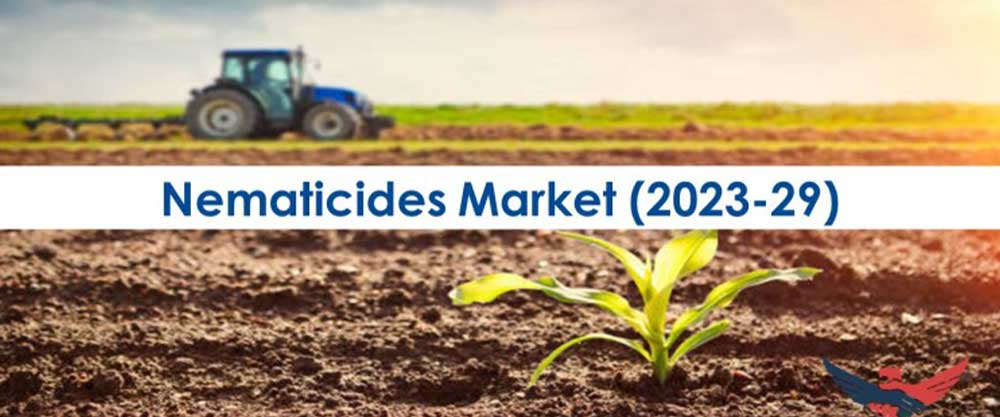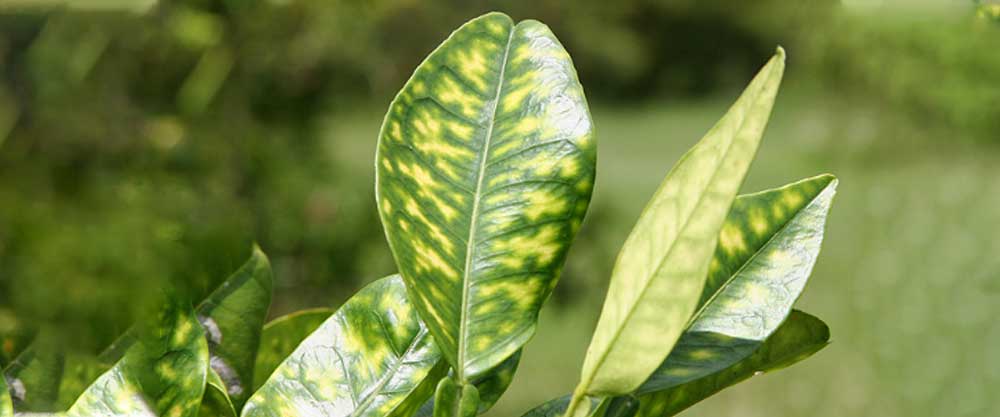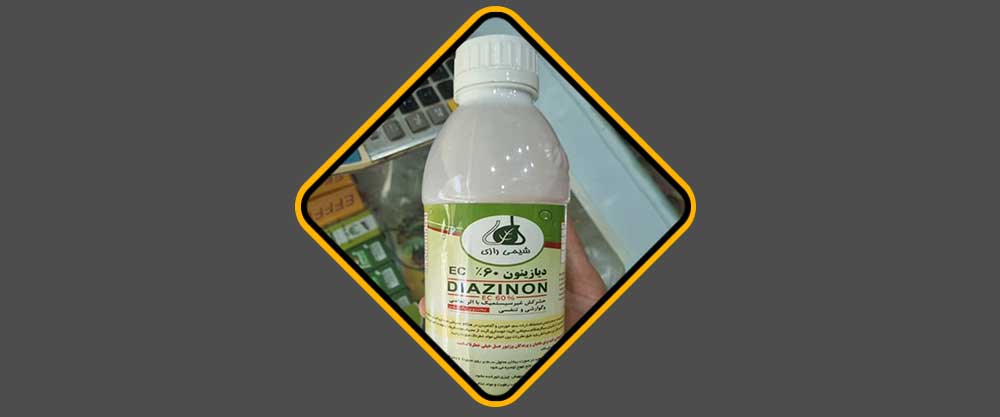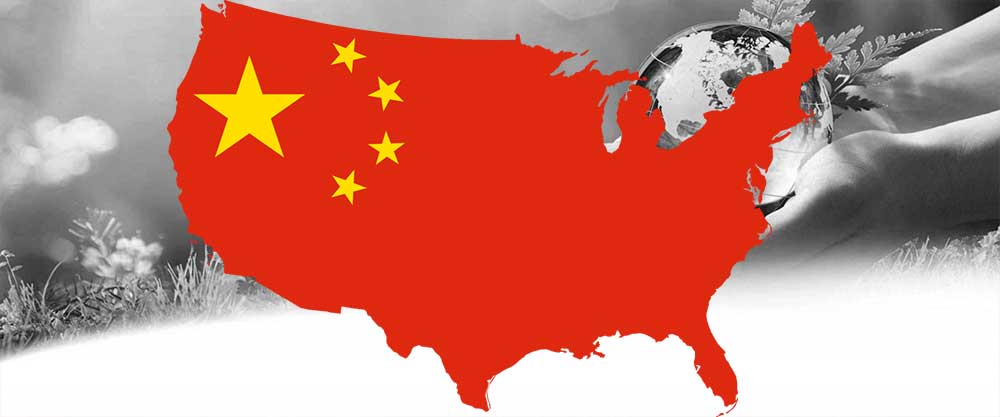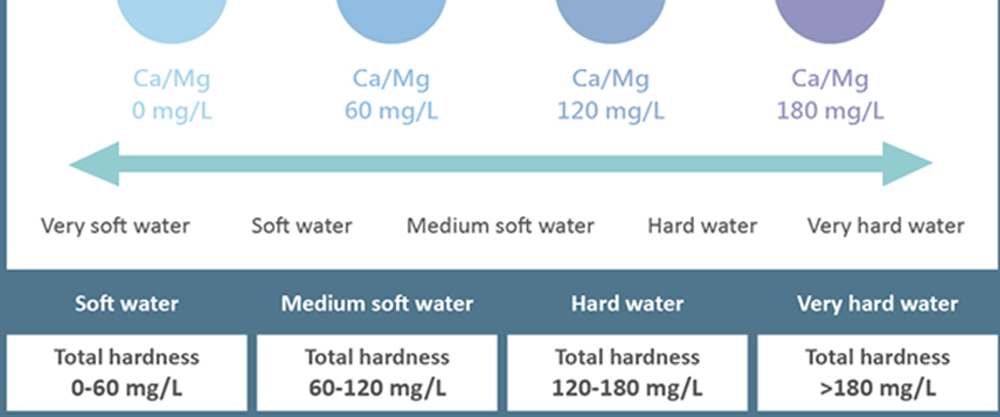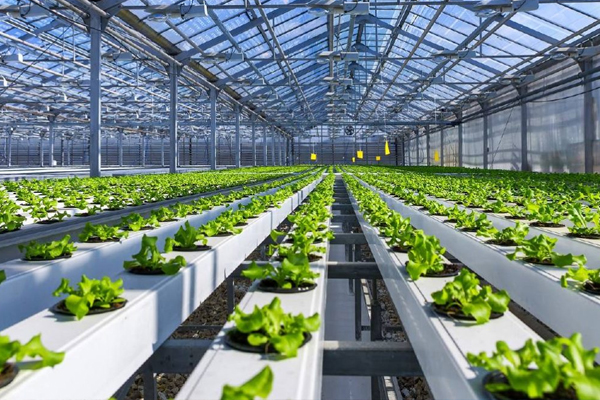Nematicides market growth, trends and forecasts in (2023-2028)
Nematicides market growth, trends and forecasts in (2023-2028)
The nematicides market is expected to register a CAGR of 5.8% during the forecast period (2027-2022).
The COVID-19 pandemic had a significant impact on the nematicides market. The imposition of quarantine restrictions around the world led to disruptions in the supply chain, which in turn caused disruption to stakeholders involved in the supply of products to destinations. Factors such as the lack of labor and the limitation of supply of raw materials due to the limitation of movement have reduced the production efficiency.
Although the emergence of bio-based nematicides registers a high growth rate in terms of development and adoption, the chemical nematicides segment continues to account for the largest share of the overall market. The use of halogen compounds and other fumigants is higher than that of organophosphorus and carbamates, because the use of fumigants in soil is intensively used to control root-knot nematodes in crop crops worldwide.
However, liquid nematicides, which are non-fumigant in nature, are increasingly being used by farmers as a result of growing concerns about their effects on the environment and human health. According to a 2019 study, fluonesulfone, a recently developed active ingredient, was reported to reduce potato cyst nematode infection by 43% and increase potato yield by 62% in the United States.
North America was the largest region for the use of registered nematicides in 2021. Several agricultural service companies have also attempted to capitalize on the emerging demand for biological nematicides in South America through extensive research and development activities. For example, in 2019, Corteva Agriscience and Stoller planned to distribute their bionmatic products for sugarcane. In Europe, several nematodes (roundworms), such as root-knot, cyst, sting, and lance, which are prevalent in a wide range of organically grown crops in the region, are expected to further drive the demand for nematicides in increase in the coming years. Therefore, increasing demand for bio-nematicides globally and increasing nematode contamination in crops is anticipated to drive the market over the forecast period.
Nematicides market trends
Increasing demand for biological nematicides
Although synthetic or chemical nematicides continue to see a positive trend in demand. Emerging preferences for biological nematicides have also been observed in recent years, largely due to the rapid adoption of integrated pest management (IPM) techniques and sustainable agricultural practices globally. Experimental observations have shown that bionematicides act with other agricultural inputs as an important component under environmentally friendly IPM programs. For example, according to an article published in the Journal of the International Organization for Biological Control in 2017, there have been many advances in the commercialization of biological nematicides in the United States in the past few years. Extensive research has been done in the development of Pasteuria spp and Purpureocillium lilacinus species as potential nematicides. . In developing countries such as India, the use of biological nematicides has been increasing in recent years. For example, under the Strengthening and Modernization of Pest Management Approach (SMPMA) scheme, the overall use of biopesticides, including bionematicides, in India increased from 123.0 metric tons from 1994 to 1995 to 7,682.0 metric tons during 2019-2019. 2018 increased.
On the other hand, integrated pest management has been a mandatory regulation in the European Union as part of the European Union's strategy to achieve sustainability in agriculture and reduce the risks of pesticides. The area under organic cultivation in Europe increased from 13.4 million hectares in 2018 to 14.7 million hectares in 2020. Several agricultural service companies have also tried to capitalize on the emerging demand for bionematicides through research and development (R&D) activities. For example, in 2019, Marrone Bio Innovations demonstrated the results of trials for a Burkholderia rinojensis-based product that yielded more efficient and cost-effective control of nematodes compared to its proprietary nematicide, Majestene. Therefore, increasing demand for biological nematicides is anticipated to drive the overall nematicides market during the forecast period.
North America dominates the global market
Due to the presence of different species of nematodes that attack a wide range of economically important products, as well as farmers' awareness of the use of chemical nematicides, this region has the largest market share. In 2018, in terms of chemical type, the fumigants segment dominated the market. Disinfection of soil with fumigants is a widely accepted method for nematode control. In North America, Meloidogyne, Heterodera, Tylenchulus, Rotylenchulus, and Protylenchulus are common agricultural pest nematodes. Chemical fumigants are used in closed spaces such as greenhouses, warehouses, etc. due to their high volatility. In terms of crops, vegetables, corn, and cotton are most affected by nematodes in the United States. The most common nematode species affecting cotton in the United States are southern root knot (Meloidogyne incognita), reniform (Rotylenchulus reniformis), columbia lance (Hoplolaimus columbus), and weevil (Belonolaimus longicaudatus). Velum Prime is one of the largest selling nematicide brands in Canada. Players in the market offer new technological solutions for use in agriculture. For example, Bayer Velum prime was positioned as the first non-fumigation nematicide for potatoes with a secondary benefit of inhibiting the activity of the fungus that causes early blight in 2017. According to the Environmental Protection Agency (EPA), this product is registered for use as an aerial spray at rosette stages 6-12 of plants. An increase in the number of nematicidal products based on the aforementioned nematodes is estimated to drive the market during the forecast period.
Competitor analysis of nematicides market
The nematicides market is a consolidated market with major players holding a large share. Major players in the market are American Vanguard Corporation, Bayer AG, Syngenta International AG, Corteva Agriscience and UPL Limited. Other prominent players active in the nematicides market include Sumitomo Chemical Co. Ltd, Nufarm Ltd, ADAMA LTD, and Marrone Bio Innovations Inc. These major players are investing in new products and product improvisation, development, and acquisitions to expand the business. Another major area of investment is focusing on research and development to offer new products at lower prices.
